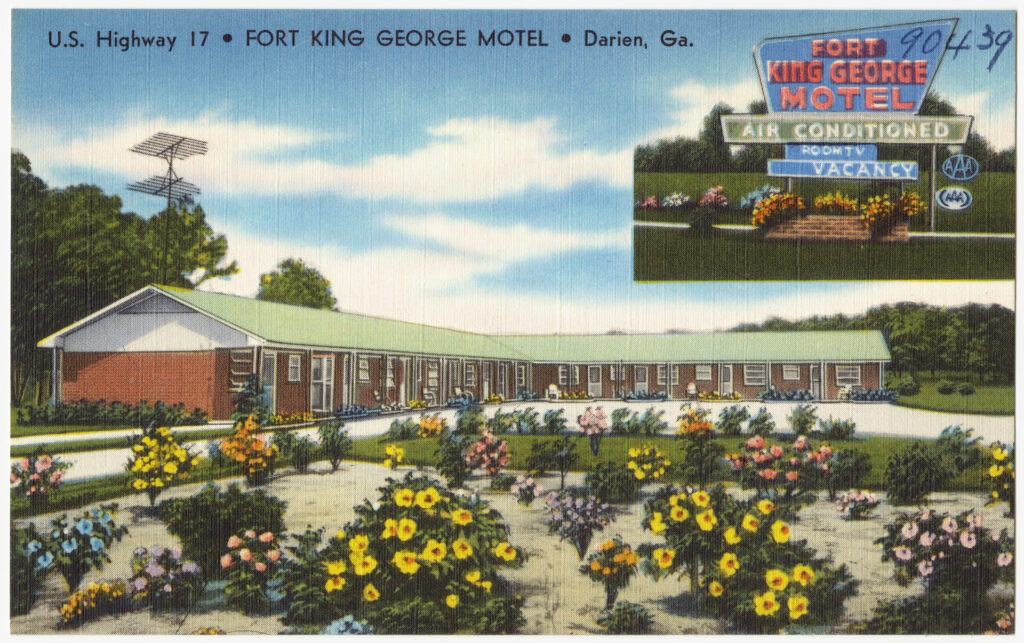Many clients I talk to have a business idea that is virtually impossible to implement due to the market structure that exists in the industry they want to set up shop. After some discussion, they ask “What is market structure anyway?”
By definition, some industries are highly consolidated and are dominated by a few key players, while others have few incumbents and are considered quite fragmented. We define these differences as an industry’s market structure.
Your strategy to enter either one of these markets will be different based on the market structure of the industry. For example, let’s consider two travel-related apps: one for flights and another for hotels. Today’s most popular travel apps help you book both, however, they didn’t start out that way.
One of the first apps I used to find the best airline flight was called FareCast. I loved this app because it not only allowed me to compare airfare rates, but it had a built-in prediction model that recommended either booking now or waiting as fares were likely to fall in the coming days. Since the airline industry is dominated by a few very big players, it was relatively easy to access all of their schedules and fares and create a prediction model to anticipate if airline prices were destined to rise or fall.
Now let’s compare that to a hotel booking app. The hotel industry is a highly fragmented industry and is not dominated by a few key players. There are major chains like Holiday Inn on one end of the spectrum, and small 3 or 4 room B&B’s (or AirBnB’s) on the other end. Attempting to curate data from all of these possible sources in one app would be a major undertaking, which would require a totally different strategy than developing a flight booking app.
For the person that cannot answer the question, “What is market structure?” they would not see any difference between creating an airfare app for an oligopoly or consolidated industry, and a hotel booking app where the industry is fragmented and represents monopolistic competition.
Therefore, is important for a business owner contemplating entering a new market to understand which market structure is easiest for a newcomer to enter.
When it comes to market structures it is important to recognize who has market control.
Most small businesses operate in contestable markets, where startup costs are low and competitors can enter and exit the market very easily. The more contestable the market, the less power the business has to control the prices they can charge. Less contestable markets give more pricing control to the business, but the entry into these markets is more restricted. Therefore, it is important for any entrepreneur to consider the market structure as they plan to offer a new product or service.
According to economics, there are four basic types of market structure where the seller has some to ultimate control of the prices they can charge for their goods and services.
Perfect Competition – Market Structure
In a perfect competition market, there are a large number of small businesses that all compete against each other, and freedom for new companies to enter or exit the market. All businesses offer a similar and undifferentiated product or service so buyers can easily choose substitutes. Buyers are well informed, and the ability to control price is beyond the control of any seller. In a perfect competition market, much of the power is resides with the buyers.
An example of a perfect competition market is at a farmer’s market, where there are many vendors that sell the same kind of fruit or vegetable. The result is that while each vendor is trying to maximize their profits, what they can charge is kept in check by what a competitor is willing to sell their product or service for.
Many small businesses operate in the perfect competition market structure.
Monopolistic Competition – Market Structure
In a monopolistic competition market structure, just like with the perfect competition market structure, there are a large number of small business that all compete against each other, and it’s easy for new companies to enter or exit the market. What makes a monopolistic competition market different is that each business sells a similar but slightly different product or service.
In a monopolistic competition market structure, a company may look at horizontal segmentation to find a point of differentiation, like Prego did when it created several different kinds of pasta sauce to compete with Ragu. I often recommend to clients to consider using a Buyers Utility Map to find a point of diffraction when entering an industry that has a monopolistic competition market structure.
In a monopolistic competition markets structure the branding and quality of products, and services allow buyers to choose from similar- but not perfect- substitutes.
When it comes to businesses that compete in a monopolistic competition market structure, the business has some pricing power based on minor points of diffraction and consumer loyalty, but normal profits exist over the long term.
Many savvy small businesses operating in the monopolistic competition market structure will find their blue ocean product or service that gives them greater control over pricing and margins.
Oligopoly – Market Structure
In an oligopoly market structure, there are a small number of businesses that result in limited competition. In an oligopoly market, there are barriers that prevent competition from entering the market.
The automotive industry is a good example of an oligopoly market. Dominated in the US by GM, Ford, and Chrysler, new entrants find it difficult to enter the automotive industry. Cell phone providers are another example of an oligopoly market where Verizon, Sprint, AT&T, and T-Mobile dominate the mobile communications market in the US.
Sometimes businesses in an oligopoly market structure engage in collusion or price-fixing to reduce market uncertainty. OPEC is a cartel made up of several oil-producing nations that set production quotas to attempt to fix the price of oil.
When it comes to businesses that compete in an oligopoly market, the business has significant, but not unlimited pricing power to control prices and profits. Oligopoly markets are rare, but not unheard of market structures for a small business.
Monopoly – Market Structure
In a monopoly market structure, there is one organization that controls an entire market, with barriers that prevent competitors from entering the market. There are few true business monopolies. While Google may control two-thirds of the world’s search traffic, it is not a true business monopoly like Standard Oil, Carnegie Steel or AT&T were in their day.
In fact, monopolies often require government assistance to maintain their monopoly. For example, a government patent issued to a pharmaceutical company prevents other companies from making the same drug for a certain period of time giving them a monopoly.
Monopolies do not exist only as private businesses- there are also Government, Labor, and Industry monopolies. Social Security, the US Postal Service, and many other organizations are government-owned monopolies. Labor unions in a specific industry, such as the United Steel Workers or the International Brotherhood of Electrical Workers, create labor monopolies. De Beers and the diamond industry is an industry monopoly.
In a monopoly market, the organization has ultimate pricing control and can extract high profits from buyers.
There are two other market structures where the buyer has most of the pricing power.
Monopsony – Market Structure
In a monopsony market structure, there is one buyer that controls the market as a single purchaser of goods and services from many sellers, with no close substitutes. Since there is a single buyer, the pricing power resides in the buyer and not with the seller. A monopsony market structure is the flip-side of a monopoly, where the seller has the pricing power.
Most monopsony markets restrict buyers and exist for government purchases. There are no buyers of an aircraft carrier other than the US Navy. While several shipyards may have the ability to build an aircraft carrier, there is only one buyer. In a monopsony market, sellers compete to be able to sell to their goods and services to a single buyer.
There are often single suppliers and single buyers of a product or service. One of my former cohorts at SCORE had a company that produced specialized vales that were only used on Nuclear submarines. My assumption was that the valves were protected by patents, making it impossible for a competitor to produce. In this case, there was only one buyer and seller, which removed much of the power of the buyer in a monopsony market.
Many small businesses with highly specialized skills or products for a single buyer operate in a monopsony market structure.
Oligopsony – Market Structure
In an oligopsony market structure, there are only a few buyers that control the market as a purchaser of good and services from many sellers. Since there are only a few buyers, they have significant pricing power over the sellers. An oligopsony market structure is the flipside of an oligopoly market where the seller has more of the pricing power. In an oligopsony market, a buyer will play one supplier off against another, thus lowering their costs as sellers compete to have the buyer purchase their goods and services or risk making no sale.
Many oligopsony markets exist in commodity-related industries, such as agriculture. An example of an oligopsony market is in the cigarette industry, where there are three companies that buy 90% of all the tobacco grown by thousands of farmers. The cattle industry is another example of an oligopsony market, where the cattle farmer is at the mercy of only a few stockyards that supply beef products. Authors also operate in an oligopsony market, where there are only a few large full-service book publishers and millions of authors that want them to publish their books.
Oligopsony markets are highly contestable and often have low barriers to entry. While many small businesses operate in oligopsony markets, it is the least desirable market structure to operate a business in, since the buyer can dictate the price and the seller has to either accept the price or make no sale.
In conclusion, there are six market structures and five where small businesses operate in. Since the market structure your business operates in can dictate who has the most control of prices, it is important for every entrepreneur to consider the market structure as they plan to offer a new product or service. Have you given proper consideration to the market structure where you plan to enter?
Have you given proper consideration to the market structure where you plan to enter?

If you want to learn more about small business marketing check out:












